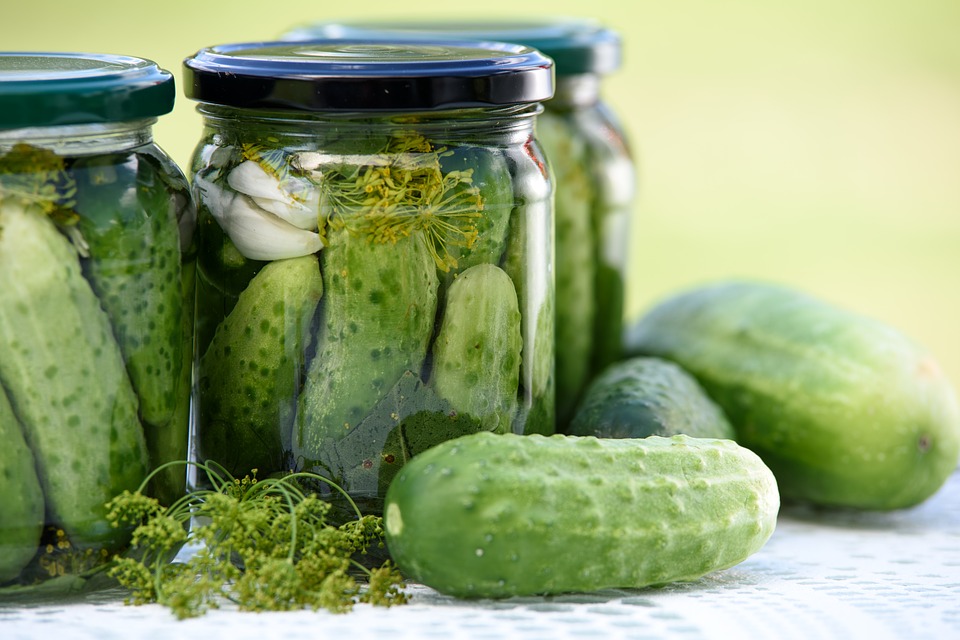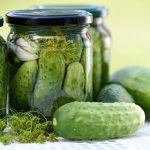We use cookies to make your experience better. To comply with the new e-Privacy directive, we need to ask for your consent to set the cookies. Learn more.
Fermenting Cucumbers

If you have an abundance of cucumbers, then fermenting is a great way to preserve them. Fermented Cucumbers or Gherkins are a great addition to sandwiches, salads and they even taste great just by themselves as a quick snack.
Fermenting vs Pickling
The fermentation of vegetables is among the oldest and healthiest methods of preserving food. There can be a bit of confusion when it comes to the difference between fermentation and pickling - it can seem like they are the same process, but there are differences, and fermentation outweighs pickling when it comes to the health benefits.
Vegetables that have been pickled have been preserved using an acid - usually vinegar. Even though the vinegar is a product of fermentation, the vegetables themselves have not actually been fermented, they have been preserved bydestroying, rather than cultivating, microorganisms. This means that they do not offer all the probiotic and enzymatic value that fermented vegetables offer.
Vegetables that you ferment yourself create their own acidic preserving liquid that is a natural result of the fermentation process. It is this lactic acid that is so beneficial to digestion when you eat it along with the fermented vegetables - or even by itself
Equipment
You will need a fermenting pot for this recipe.
Ingredients
- Enough cucumbers or gherkins to fill your pot
- 6 4-inch sprigs fresh dill (including seed heads, if available)
- Garlic to taste, lightly crushed
- 1 tablespoon black peppercorns
- 1 tablespoon dill seed
- Sea Salt - about 20gm per litre water
- Water (non chlorinated)
You can experiment and try adding some other spices like chilli flakes, mustard seeds, coriander seeds or anything that tickles your fancy - it's up to you how you like your flavours and you can adjust and tweak the main recipe as you like.
Directions
- Wash and trim the vegetables, and pack into your pot. Tuck in the dill, garlic etc as you go.
- Dissolve the salt in the water, and pour over the vegetables to cover. Weight the vegetables with a plate so that they remain completely submerged. Place the stoneware lid on top of your fermentation crock pot and fill the water trough with cooled boiled water. This ensures air-tight sealing of the stoneware fermentation crock pot. Since the fermentation crock pot is now sealed air-tight, no mould can form, the produce is protected, and the process of lactic acid fermentation can start.
- Now let it stand for about 10-14 days at room temperature the pot. After 14 days, the pot can be placed in the in a cool, dark spot. Always make sure that there is water in the groove - this will allow your cucumbers airtight. After about 6 weeks the pickles can be eaten.

